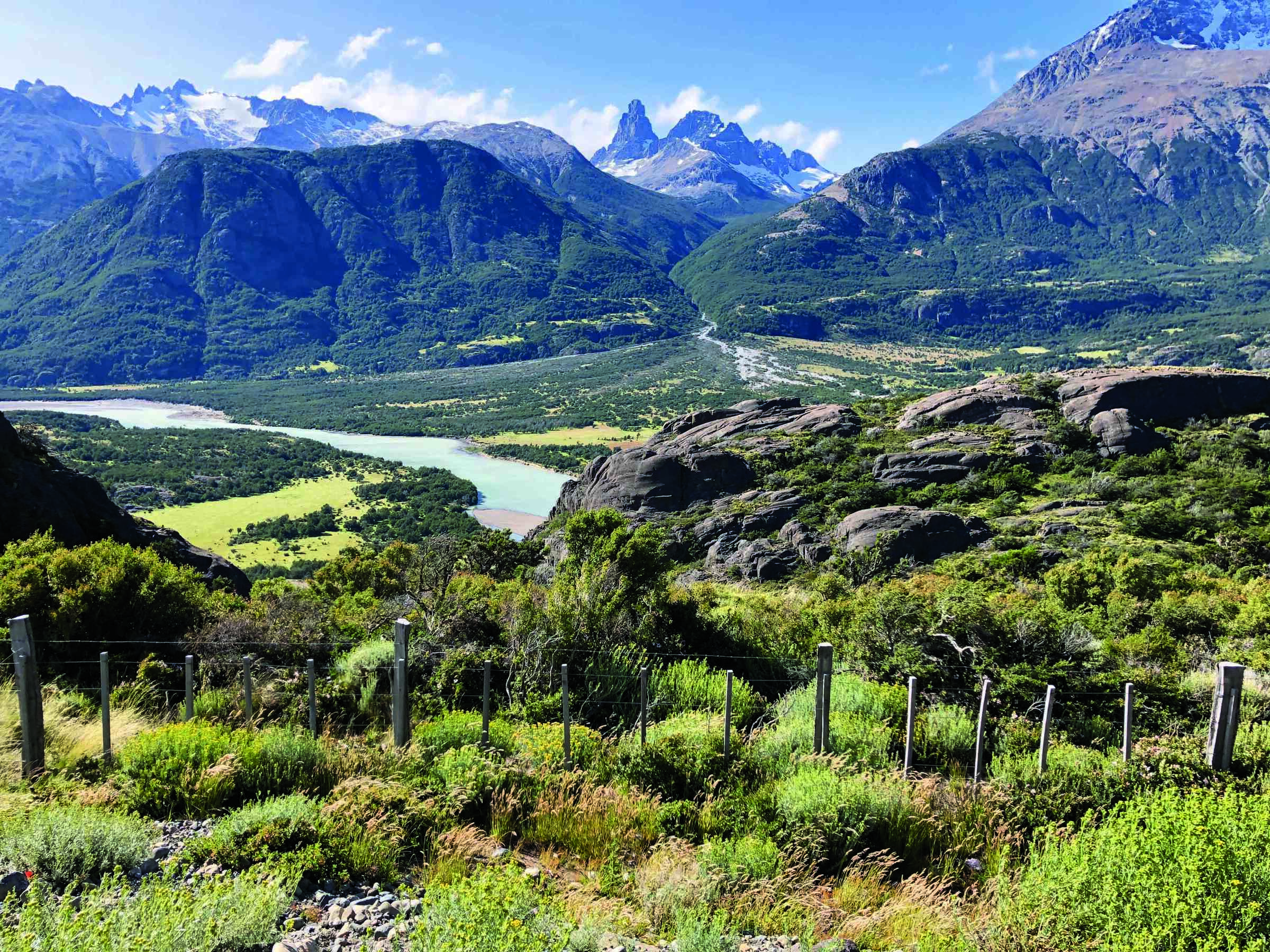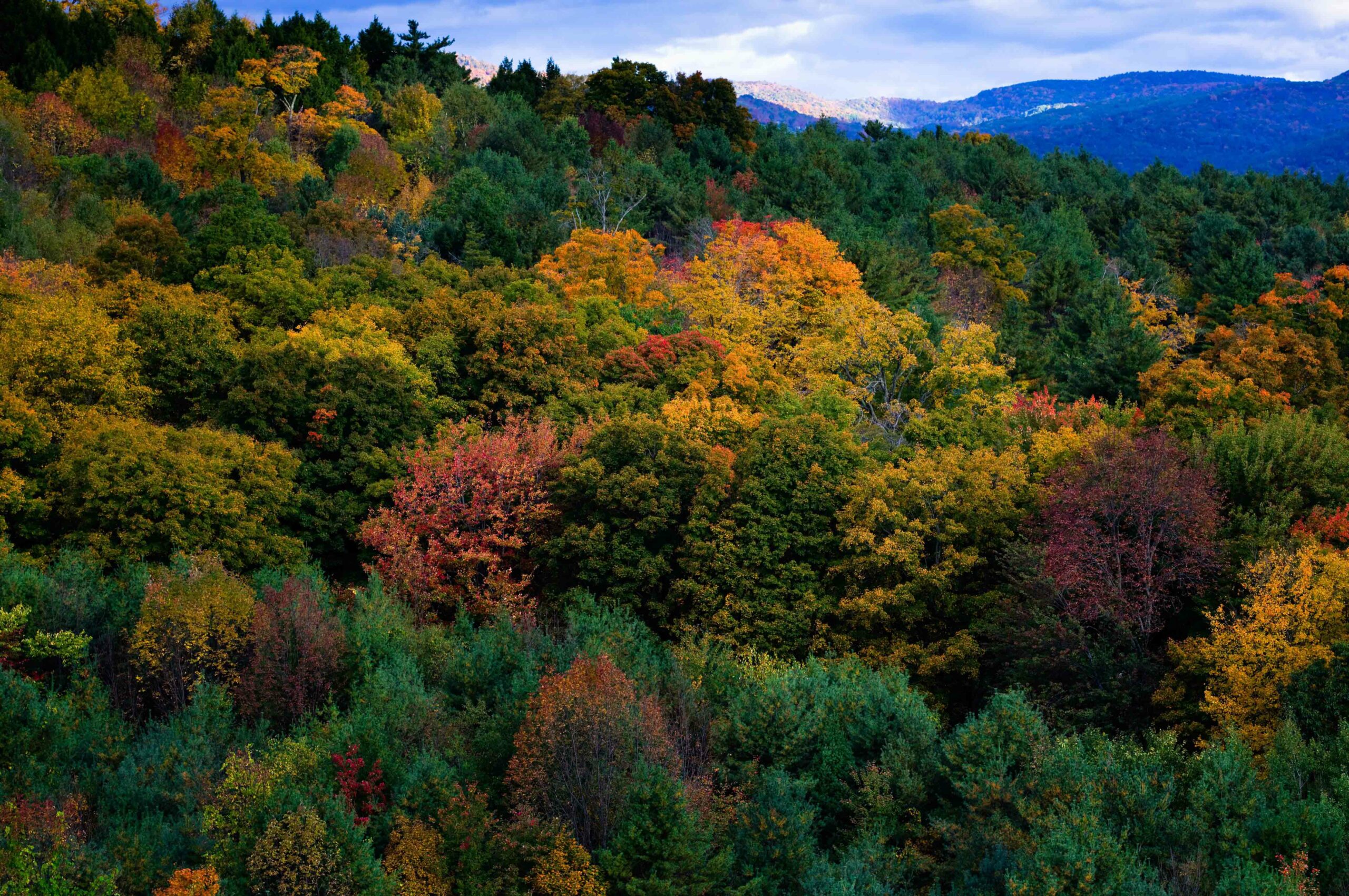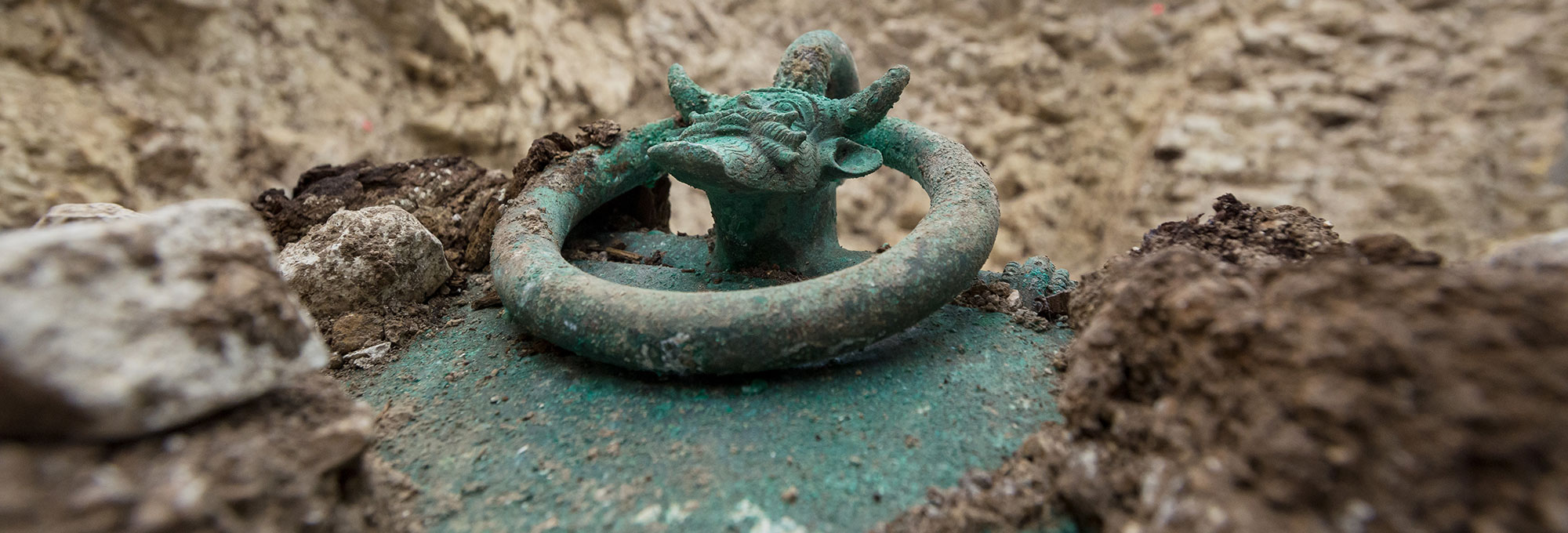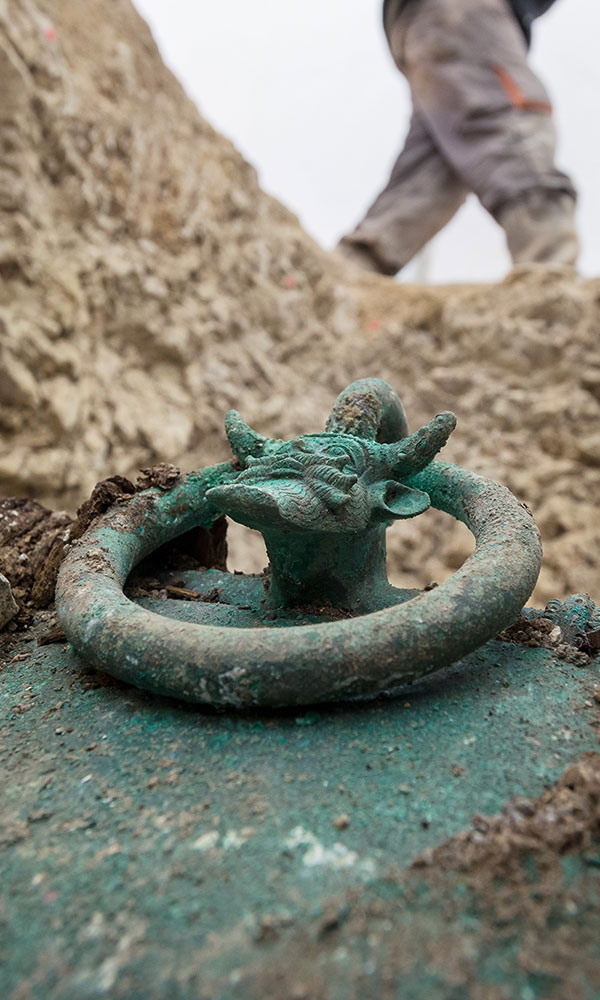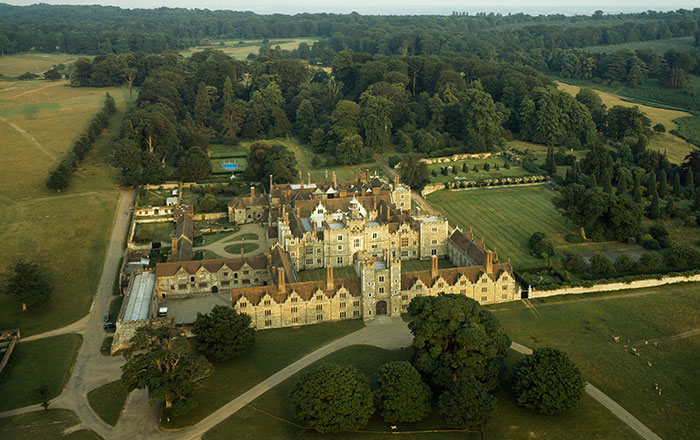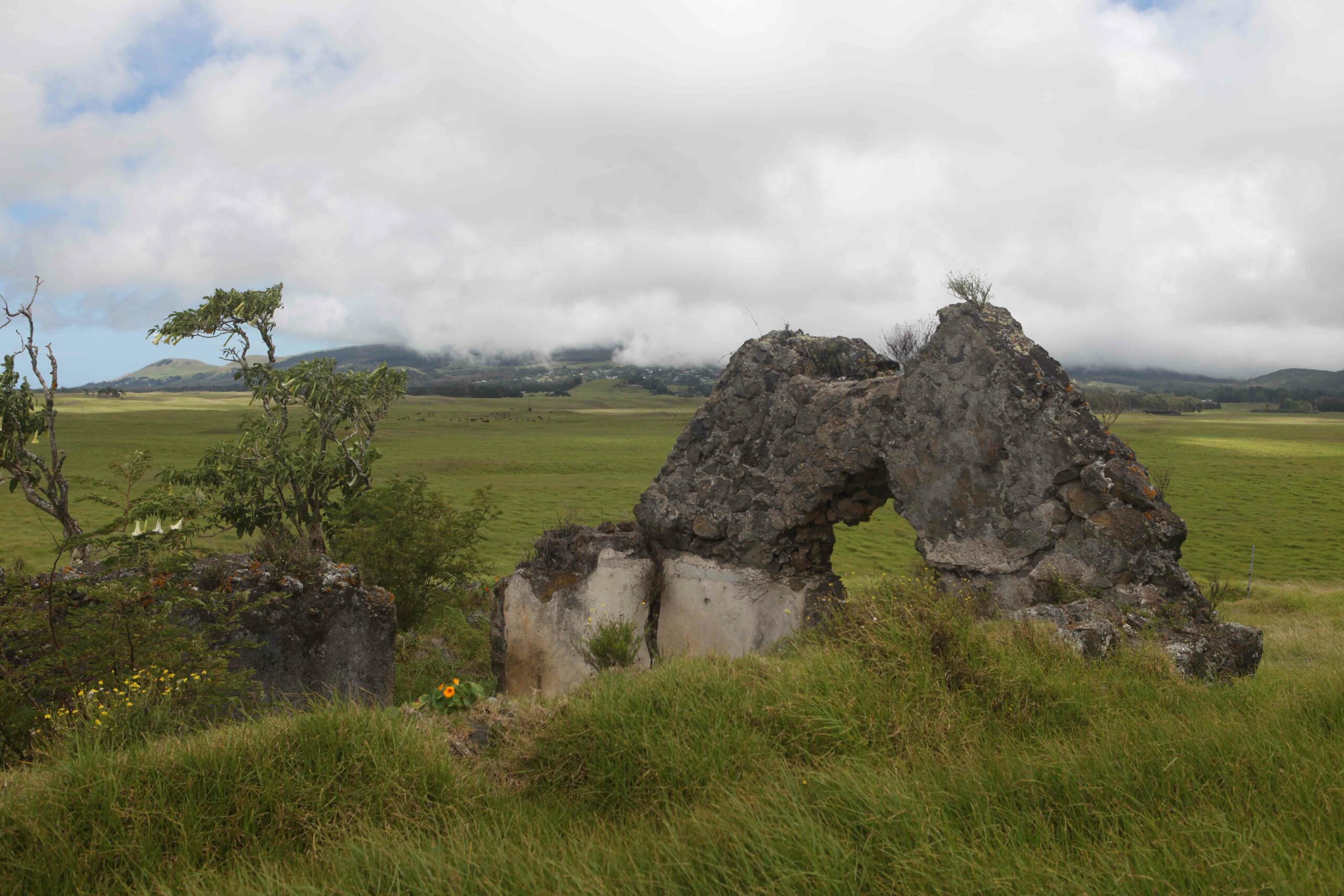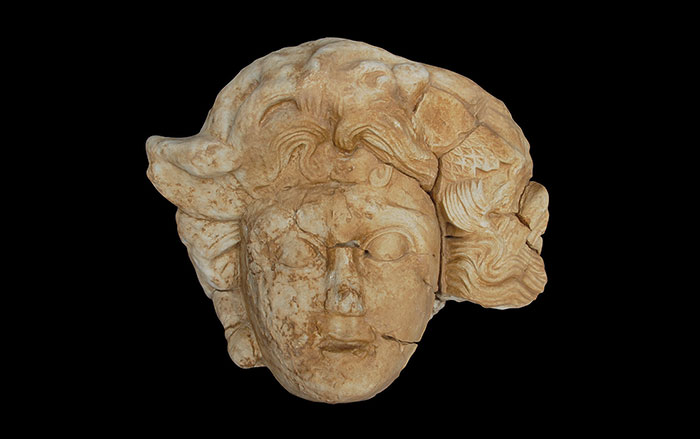
BIRMENSDORF, SWITZERLAND—Tree-ring data collected in the Altai Mountains of Russia have helped scientists reconstruct summer temperatures in central Asia for the past 2,000 years. “The course temperatures we took in the Altai Mountains correspond remarkably well to what we found in the Alps,” Ulf Büntgen of the Swiss Federal Research Institute for Forest, Snow and Landscape WSL said in a press release. His multidisciplinary research team detected a period of low temperatures in the sixth century A.D. that they call the “Late Antique Little Ice Age,” or LALIA. The low temperatures were likely the result of three volcanic eruptions in the mid-sixth century that ejected particles into the atmosphere and blocked sunlight. The resulting famine was followed by the pandemic of the Justinian plague and political turmoil that may have led to the decline of the Eastern Roman Empire. To the south, the Arabian Peninsula received more rain than usual and grew more vegetation that may have sustained larger herds of camels used by Arab armies. “The LALIA fits in well with the main transformative events that occurred in Eurasia during that time,” Büntgen explained. For more, go to "Letter from Iceland: Surviving the Little Ice Age."


